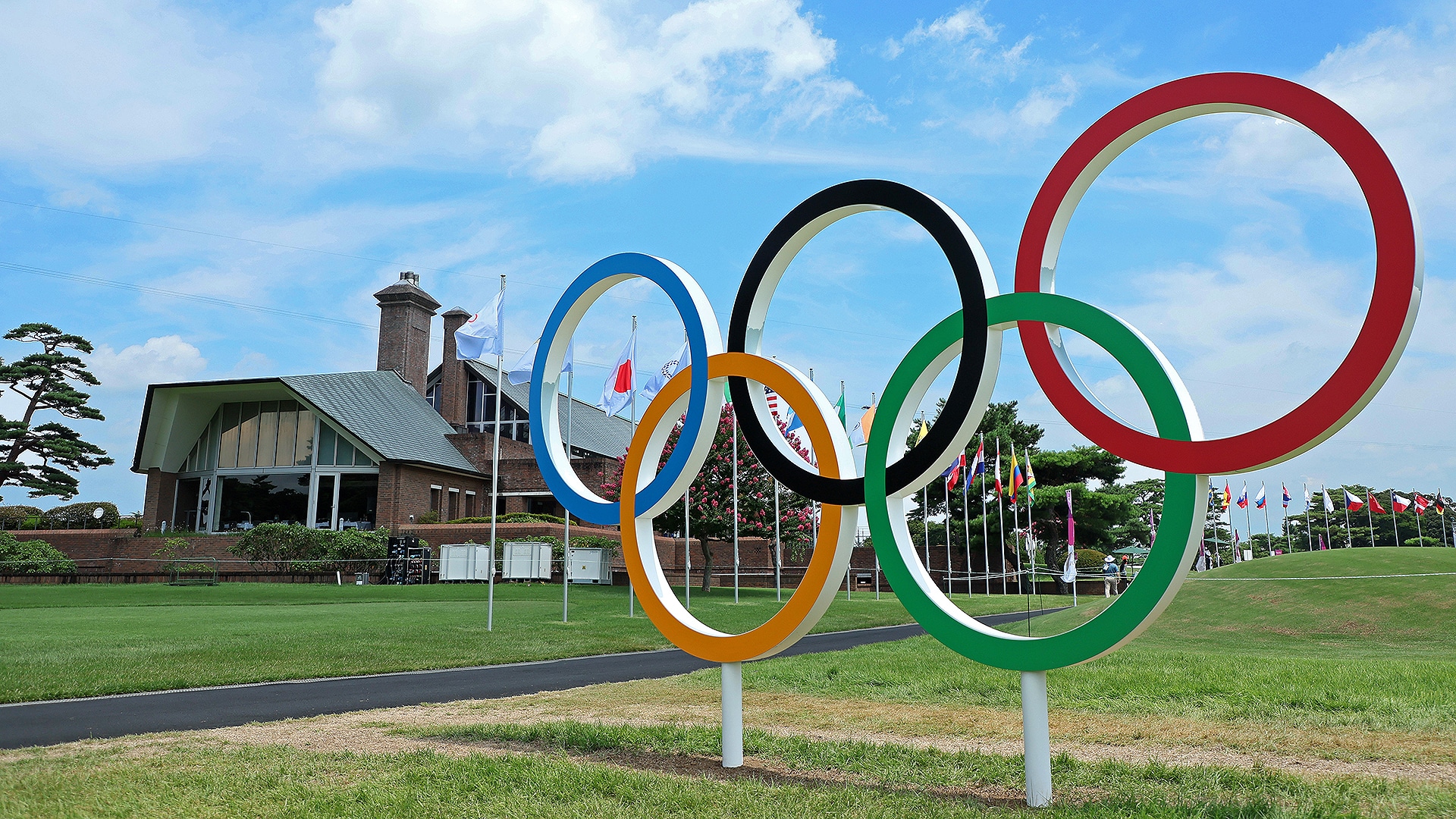Storms, in wake of typhoon, could disrupt golf competitions in Olympics

The men’s Olympic golf competition begins Thursday in Japan, after the expected arrival of a typhoon on Tuesday morning in the Tokyo vicinity.
In U.S. terms, the incoming weather is a mid-grade tropical storm, according to Olympic officials.
“It is a tropical storm of three grade out of five, so you shouldn’t be too much worried about that, but it is a typhoon in Japan interpretation,” Tokyo Games spokesman Masa Takaya said. “This is the weakest category, but this is still a typhoon so we should not be too optimistic about the impact of the course.”
The Japan Meteorological Agency said Tropical Storm Nepartak was headed northwest over the Pacific Ocean east of Japan on Monday with landfall expected Tuesday afternoon. The storm could bring strong winds, up to 5.9 inches of rainfall and high waves as it cuts across Japan’s northeastern region.
The first of two golf competitions begins Thursday at Kasumigaseki Country Club and goes through Sunday. The women begin their four-day event on Wednesday, Aug. 4.
The weather forecast for the next two weeks – post-typhoon – calls for the possibility of thunderstorms every day with temperatures in upper-80s to low-90s.
Any sort of rain – typhoon, tropical storm, or even light sprinkling – will be a wild swing from the first three days of the Games.
Svetlana Gomboeva collapsed from heatstroke on the first day of archery but recovered to win a silver medal. Top-seeded Novak Djokovic and Medvedev, who who complained his first round match was “some of the worst” heat he’d ever played in, successfully leaned on the International Tennis Federation to give Olympics players extra time during breaks to offset the high temperatures.
Anastasia Pavlyuchenkova had resorted to shoving bags of ice up her skirt, and fiddled with a tube blowing cold air next to her seat. At skateboarding, the intense sun turned the park into a furnace, radiating off the light concrete with such blinding effect that skaters complained the heat was softening the rubber joints on their wheel axles and making the boards harder to control.
July and August in Japan are notoriously hot and humid. Japan has faced criticism for not accurately describing the severity and instead, during the bidding process, calling it mild and ideal.
Daytime highs regularly hit 95 degrees but have exceeded 104 degrees in some places in recent years.
The Associated Press contributed to this report.
